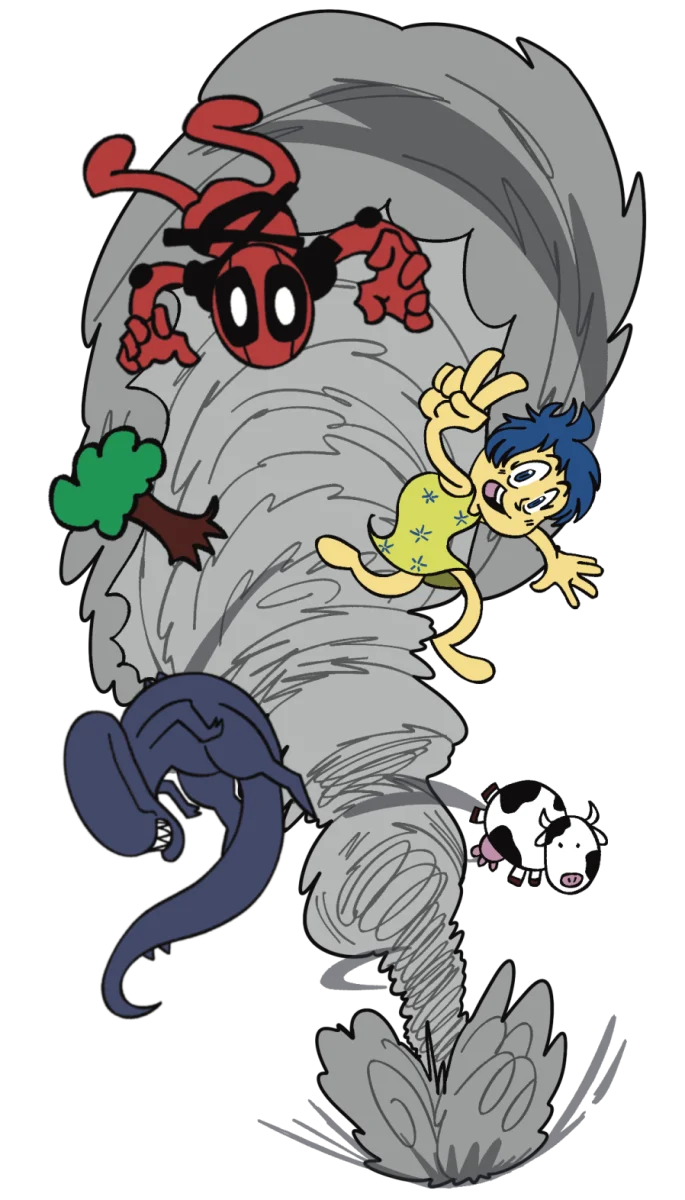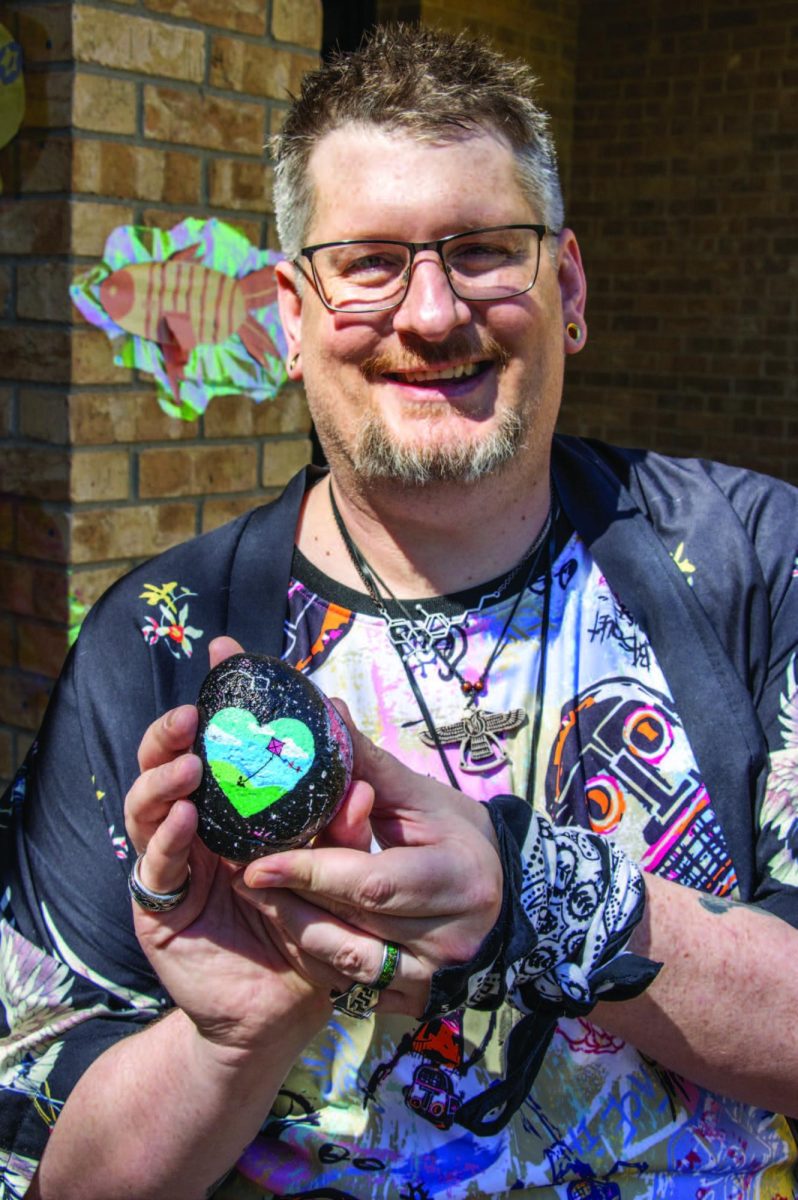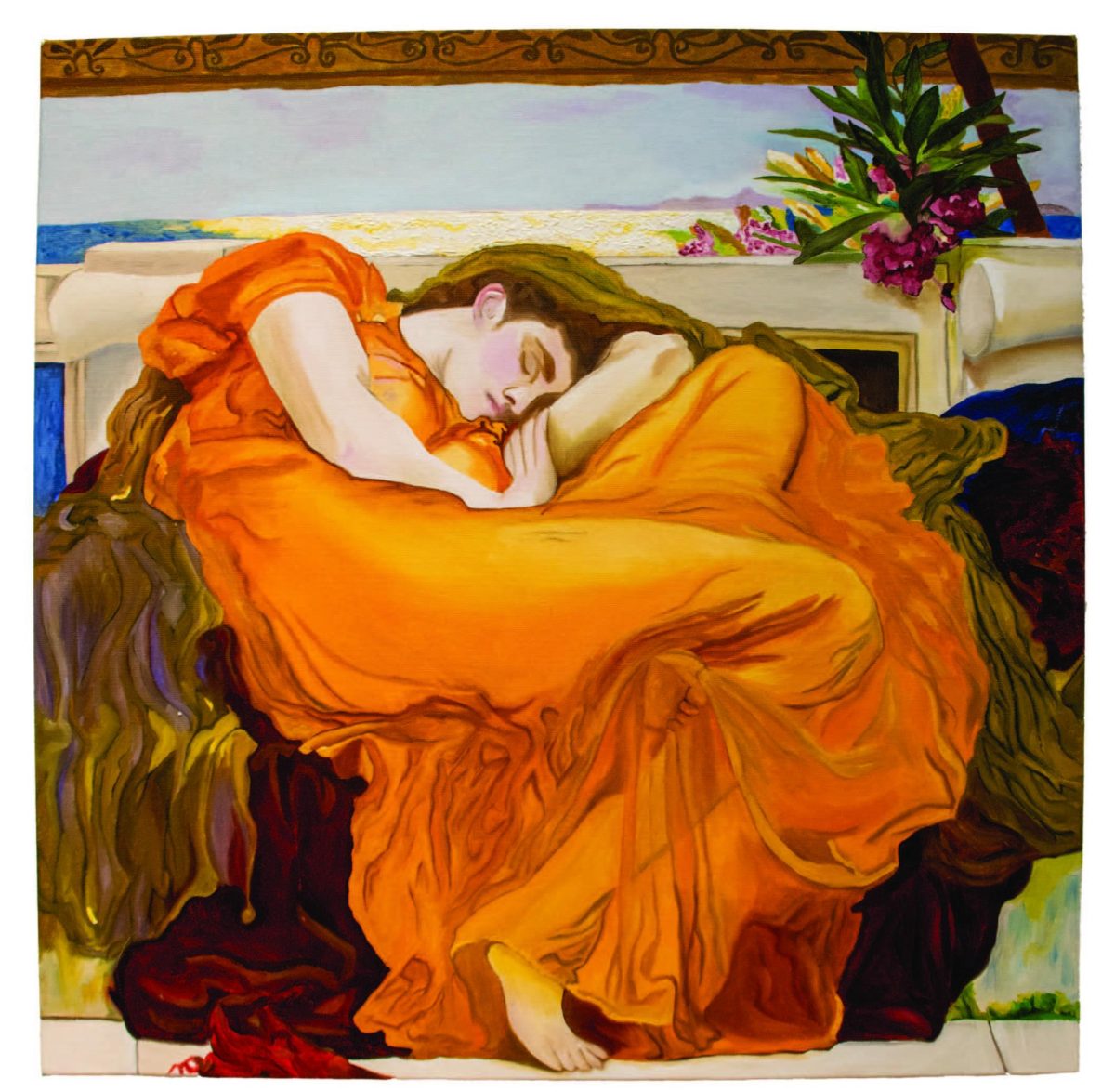By Ron Everett/reporter
The methodology for making ceramics has remained virtually unchanged for more than 1,500 years in Jingdezhen, China, a guest artist told NE Campus students last week.
Kate Fisher, local ceramicist, told the audience to imagine having to cook hundreds of meals by fire instead of using modern appliances powered by electricity or gas.
Chinese artisans produce ceramics in volume using wood burning, labor-intensive techniques, passed down from generation to generation.
She related personal observations from her two separate internships in western China.
Fisher noted the facts of ceramic production in China, which in some areas has gone practically unchanged since the Tang dynasty.
One video shown during the lecture highlighted a water wheel structure that powered a wooden log pulverizing system.
Designed more than a thousand years ago, the ancient system is still used by artisans today to prepare the clay mixture.
While noisy, the ancient log system because of culture, poverty and economics is used by the latest generation of ceramic artists.
Fisher said she flew into Shanghai, China, then she weaved through the mountainous, drought and landslide-ridden regions by bus to Jingdezhen and Yunnan.
She described these regions as the hub of traditional ceramic production totally opposite the mass-produced and commercial operations of the United States.
Fisher said many generations of families still occupied the same regions and continued the art by using wood-fired kilns.
As an expert in ceramics, Fisher described the importance of the art, unique methodology and skill and manual labor required to produce such works of ceramic art and unitarian products.
She showed photographs of remote locations, fields literally filled with pots of all types and sizes and one site that could produce 30,000 pots a year from a single wood-fired kiln, made completely by human labor.
One modern highlight in Fisher’s presentation was a photograph of a highly detailed, blue cobalt pot that stood more than 6 feet tall and sported bright red, which advertised a business.
To illustrate the difference in art prices between the United States and China, Fisher said that particular piece would cost about only $700-$800 in China.
She also demonstrated the economic explosion in western China and explained how it was affecting everyday life and ancient art.
One example was the switch from pot making to clay roofing tile production required to keep pace with the increasing demands caused by the building boom.
Fisher also showed photographs of poverty-ridden, shanty-style housing juxtaposed against modern, luxurious skyscrapers.
Fisher told several personal anecdotes from her travels including the scorching heat, swimming in rivers and eating local delicacies that would not appeal to those with sensitive tastes.
She also said it was “socially acceptable to stare” in China, so she drew crowds as she strolled the shopping malls.
Fisher said her experiences have given her a greater appreciation for having other artists work on her creations and that she is “not scared of bright colors” in her work.
Fisher shared pieces of her work with the audience.
Her salt and pepper shakers do not have traditional holes in the top and use a uniquely designed dispersion system that allows for a 100 percent ceramic design without any plastic or cork.
Although pieces of art, they could be used daily and are dishwasher safe.
She described her pieces as “domestic art,” not pottery, craft or art alone.
Fisher presented a slide show of her products called Everything but the Kitchen Sink and said her work has “visual and tactile appeal.”
Fisher is a graduate of the University of North Texas with a master’s degree in art and ceramics and holds two Bachelor of Fine Arts degrees in studio arts and in art history from St. Olaf College in Northfield, Minn.
She previously taught at Lawrence University in Appleton, Wis.

















